If you’ve been in the industry for more than four minutes, you’ve had an end user approach you with a pitch that goes something like “If you can just print 12 pieces now, I promise I will have 1200 more in no time!”
The roots of this experience are with someone who believes they are going to be The Next Big Brand. While national unemployment numbers have been steadily improving, there has been a prevailing sentiment heard often throughout 2021: “Where are all the employees?” The answer is complex, but a segment of the Great Resignation was about people wanting to jump-start or expand on their “brand.”
We live in an age where to reach an audience, you can study and utilize social media, using systems like YouTube or TikTok to share your passion. This always starts small, but for some it can build quickly. The next thing you know, thousands of followers are begging for more. This can often convert to merch. Companies like Spring (formerly Teespring), Printful and many others make it easy to convert fans into fanatics that cannot wait to get your latest product drop.
A natural evolution of this process is moving from selling whatever branded apparel you like to truly building your own brand. Part of this conversion is moving into customization for the label itself. If you search the term “tear away” on sanmar.com, you’ll find nearly 400 styles that offer the ability to remove the manufacturer label and replace it with your own. That number was only around 100 just four or five years ago — clear evidence of the growing demand for removable labels.
Growth around this concept is also being fueled by the scarcity of inventory. More companies are now selling via category, such as “Standard or Fashion Tee,” versus a specific brand and style number. This allows them to have flexibility with variable products that have available inventory. As long as the product choices are similar enough in weight, fit and hand-feel they can remove the label add in their own. Of course, the removal process is the easy part…now we need to decide on which method to use as we build our brand.
SEWN LABELS: Labels made of a printed non-woven material or as a pre-made woven label. These types are generally sewn into the neckline, folded over on the sleeve or at the hemline. Printed labels are primarily used for care and content along with basic branding. Woven labels have much higher perceived value and can achieve incredible detail.
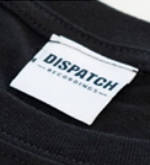
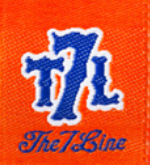 Equipment Examples
Equipment Examples
Commercial Sewing Machine and Labels
Benefits
Printed (left example) = Inexpensive
Woven (right example) = High perceived value
Challenges
Long lead times, minimum quantities are higher
HEAT TRANSFER: These labels are made from the same materials your standard transfers are made from. They can be ordered as a plastisol, print/cut or hybrid transfer.
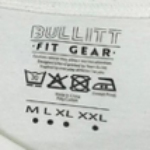 Equipment Examples
Equipment Examples
Transfers and a Heat Press
Benefits
Versatile options and reasonably low cost, available in the states in large or small runs.
Challenges
Application may require a smaller press or specialty platen
PAD PRINT: Quick-drying ink applied by a pad and plate. Widely used to label garments in mass quantities at an exceptionally high speed.
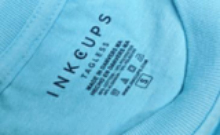 Equipment Examples
Equipment Examples
Pad Printer, Plate Maker and Plates
Benefits
Extremely low cost per label
Challenges
Limited to 1-2 colors
SCREENPRINT: The same screenprinting inks and process you already know, but using sleeve, neck label or other specialty equipment. Can be used for large or small runs. This is the most widely-used method in decoration shops today.
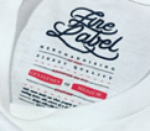 Equipment Examples
Equipment Examples
Sleeve Platen, Specialty Platen, Tag Platen or Rapidtag Machine
Benefits
Versatile options and can work with most existing equipment
Challenges
Specialty platens may be required / Setup & Breakdown time
ROLL TO ROLL: Another method widely used in manufacturing to label mass quantities. This is a heat transfer option that requires very specialized machines and roll-style pre-made transfers.
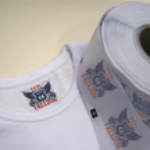 Equipment Examples
Equipment Examples
Roll to Roll Transfer Machine
Benefits
Transfer quality but faster
Challenges
Investment into specialized equipment / transfer lead time
While DTG, dye sublimation and even laser etching are possible for re-labeling, we wanted to cover the major industry solutions being utilized. Please reach out to decoratorrelations@sanmar.com if interested in learning more about these options. We hope to see you back with that 1200-piece order and building your brand!
